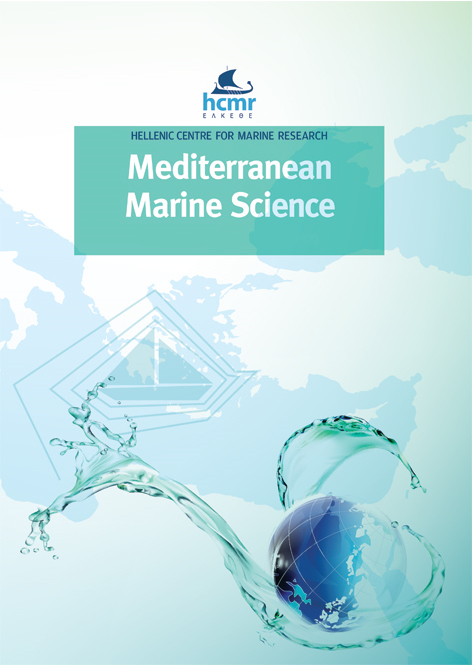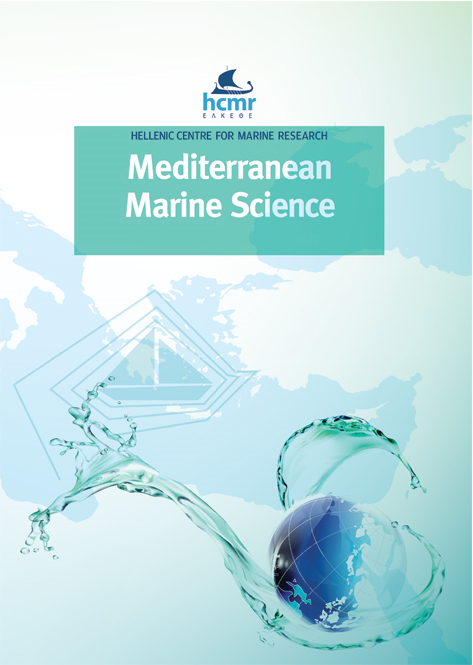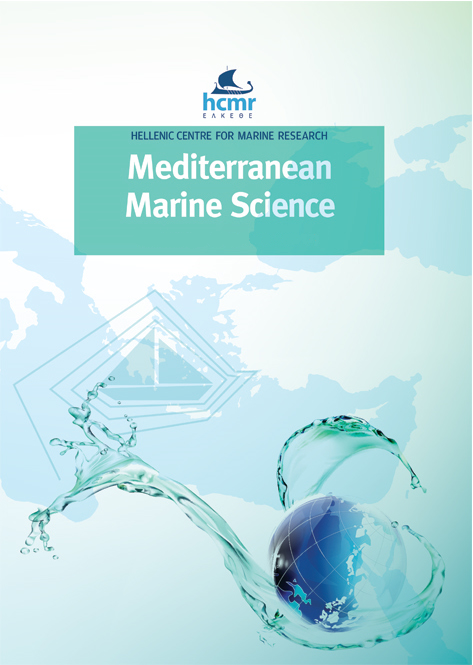Patterns of Posidonia oceanica (L.) Delile tannin cells and leaf characteristics according to environmental conditions

Abstract
There is little research on the distribution and evolution of tannin cells, specialized in the sequestration of phenolic compounds, in the leaves of P. oceanica, depending on the developmental stage and environmental conditions. This work aims to evaluate the density of tannin cells along the vertical axis of leaves (basal, middle, and apical regions) at four sites corresponding to an anthropogenic gradient estimated from the ecological status of P. oceanica meadows: Moderate (El Djamila), Good (Bou Ismaïl) and very good (Kouali and Aïn Tagouraït). Leaf thickness and width were measured in each region to express the density of tannin cells per mm². Data analysis shows that the density of tannin cells decreases with increasing leaf age and that the highest densities are recorded in the apical regions, especially when the leaf apex is entire. The density of leaf tannin cells is significantly correlated (R = -0.977, p = 0.022) with the Ecological Quality Ratio (EQR) corresponding to the ecological status of P. oceanica meadows and reflecting the impact of environmental pressures. This sensitivity to environmental conditions opens interesting prospects for using tannin cell density as a descriptor (environmental biomarker) in coastal monitoring programs based on P. oceanica meadows.
Article Details
- How to Cite
-
BOUMAZA, S., SENGOUGA, A., GASMI, D., MISRAOUI, A., PERGENT, G., & SEMROUD, R. (2022). Patterns of Posidonia oceanica (L.) Delile tannin cells and leaf characteristics according to environmental conditions. Mediterranean Marine Science, 23(4), 879–889. https://doi.org/10.12681/mms.30709
- Section
- Research Article
Authors who publish with this journal agree to the following terms:
- Authors retain copyright and grant the journal right of first publication with the work simultaneously licensed under a Creative Commons Attribution Non-Commercial License that allows others to share the work with an acknowledgement of the work's authorship and initial publication in this journal.
- Authors are able to enter into separate, additional contractual arrangements for the non-exclusive distribution of the journal's published version of the work (e.g. post it to an institutional repository or publish it in a book), with an acknowledgement of its initial publication in this journal.
- Authors are permitted and encouraged to post their work online (preferably in institutional repositories or on their website) prior to and during the submission process, as it can lead to productive exchanges, as well as earlier and greater citation of published work (See The Effect of Open Access).






